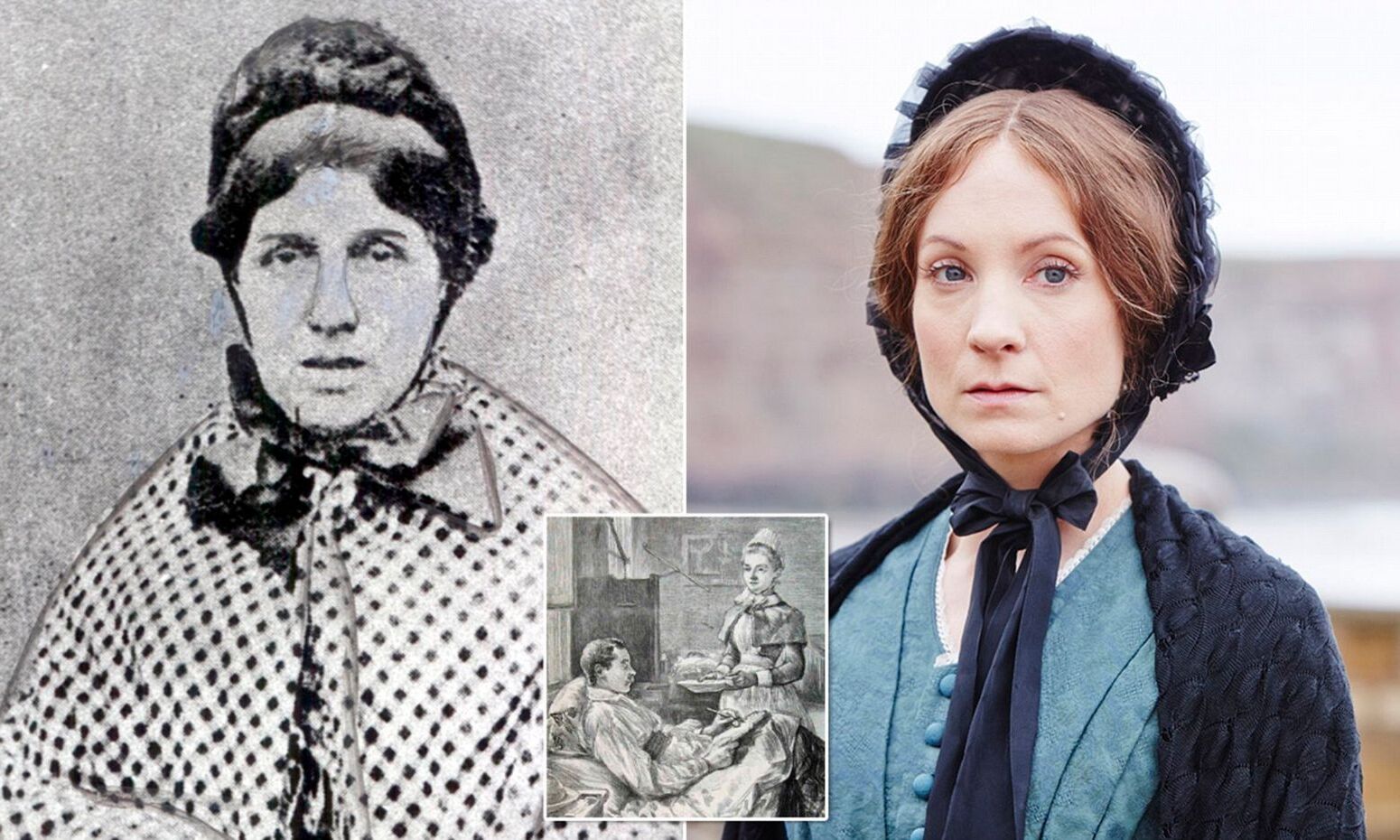
Who was Mary Ann Cotton? Mary Ann Cotton, often dubbed Britain's first female serial killer, was a 19th-century nurse and housewife. Born in 1832, she led a life shrouded in mystery and death. Over two decades, she was linked to the deaths of 21 people, including her husbands, children, and stepchildren. Her weapon of choice? Arsenic. This poison left few traces, making it difficult to detect at the time. Cotton's life and crimes have fascinated historians and true crime enthusiasts alike. Why did she kill? Some speculate it was for insurance money, while others believe it stemmed from a darker, more sinister motive.
Key Takeaways:
- Mary Ann Cotton, Britain's first female serial killer, used arsenic poisoning to murder multiple victims, leading to her arrest, trial, and eventual execution in 1873.
- Mary Ann Cotton's notorious crimes have left a lasting impact on British culture, sparking debates about women in Victorian society and leading to advancements in forensic science and toxicology.
Who Was Mary Ann Cotton?
Mary Ann Cotton, a name that sends shivers down the spine, was one of Britain's most notorious serial killers. Her life and crimes have fascinated many, making her a dark figure in criminal history.
- Born in 1832 in Low Moorsley, County Durham, England, Mary Ann Cotton was the daughter of a coal miner.
- She lost her father at a young age when he fell down a mine shaft, leaving the family in financial hardship.
- Mary Ann married William Mowbray in 1852, and they had five children, four of whom died young.
- Her husband, William, also died suddenly in 1865, leaving her with a small insurance payout.
- She married George Ward in 1865, who died a year later, again leaving her with insurance money.
- Mary Ann's third husband, James Robinson, was a shipwright. They married in 1867.
- James Robinson became suspicious of Mary Ann after the deaths of his children and mother, leading to their separation.
- She married Frederick Cotton in 1870, who also died mysteriously, along with his children.
- Mary Ann's method of murder was poisoning with arsenic, which was difficult to detect at the time.
- She worked as a nurse, which gave her access to arsenic and other poisons.
The Investigation and Arrest
Mary Ann Cotton's string of suspicious deaths eventually caught the attention of authorities. Her downfall began with the death of her stepson, Charles Edward Cotton.
- Charles Edward Cotton's death in 1872 raised suspicions due to the high number of deaths in Mary Ann's care.
- Dr. William Byers Kilburn, who treated Charles, became suspicious and ordered an autopsy.
- The autopsy revealed arsenic poisoning, leading to Mary Ann's arrest.
- She was charged with the murder of Charles Edward Cotton and later with the murders of her other victims.
- During her trial, it was revealed that she had taken out life insurance policies on her victims.
- The trial attracted significant public and media attention, making it one of the most sensational cases of the time.
- Mary Ann maintained her innocence throughout the trial, claiming the deaths were due to natural causes.
- Despite her claims, the evidence of arsenic poisoning was overwhelming.
The Trial and Execution
Mary Ann Cotton's trial was a landmark case in British legal history. It highlighted the use of forensic science in criminal investigations.
- The trial took place at Durham Assizes in March 1873.
- The prosecution presented evidence of arsenic poisoning in multiple victims.
- Mary Ann's defense argued that the deaths were due to natural illnesses and poor living conditions.
- The jury deliberated for just 90 minutes before finding her guilty of murder.
- She was sentenced to death by hanging.
- Mary Ann Cotton was executed on March 24, 1873, at Durham County Gaol.
- Her execution was botched, leading to a slow and painful death by strangulation rather than a quick drop.
Legacy and Cultural Impact
Mary Ann Cotton's story has left a lasting impact on British culture and criminal history. Her life and crimes continue to be the subject of books, documentaries, and films.
- She is often referred to as Britain's first female serial killer.
- Mary Ann's case led to increased awareness and improvements in forensic science and toxicology.
- Her story has been the subject of numerous books, including "Mary Ann Cotton: Britain's First Female Serial Killer" by David Wilson.
- A television drama titled "Dark Angel" aired in 2016, starring Joanne Froggatt as Mary Ann Cotton.
- The case has been featured in various true crime documentaries and podcasts.
- Mary Ann Cotton's life has been compared to other infamous female serial killers, such as Belle Gunness and Nannie Doss.
- Her crimes have sparked debates about the role of women in Victorian society and the pressures they faced.
- The case highlighted the dangers of arsenic poisoning and led to stricter regulations on the sale of poisons.
- Mary Ann Cotton's story serves as a grim reminder of the dark side of human nature.
- Her life and crimes continue to be studied by criminologists and historians.
- Mary Ann Cotton's name remains synonymous with deceit, betrayal, and murder.
- The house where she lived in West Auckland still stands and is rumored to be haunted by her ghost.
The Final Chapter
Mary Ann Cotton's story is a chilling reminder of how dark human nature can be. Her life, filled with deceit and murder, left a trail of sorrow and mystery. She managed to evade suspicion for years, using her charm and cunning to cover her tracks. The sheer number of her victims, many of whom were her own family members, is both shocking and tragic.
Understanding her motives remains a challenge. Was it greed, a twisted sense of power, or something deeper? Whatever the reason, her actions have cemented her place in history as one of the most notorious female serial killers.
Learning about figures like Mary Ann Cotton helps us appreciate the importance of vigilance and justice. Her story, though grim, serves as a cautionary tale. Remembering the past can guide us in preventing such horrors in the future.
Frequently Asked Questions
Was this page helpful?
Our commitment to delivering trustworthy and engaging content is at the heart of what we do. Each fact on our site is contributed by real users like you, bringing a wealth of diverse insights and information. To ensure the highest standards of accuracy and reliability, our dedicated editors meticulously review each submission. This process guarantees that the facts we share are not only fascinating but also credible. Trust in our commitment to quality and authenticity as you explore and learn with us.


